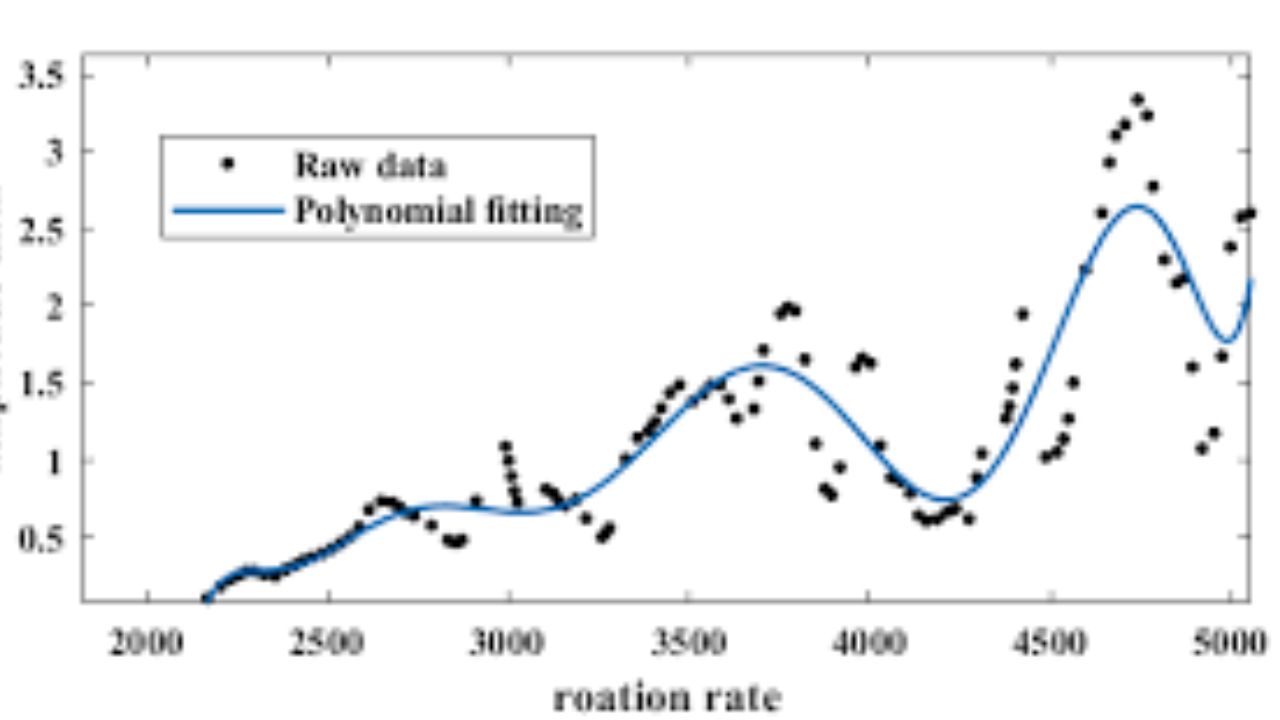The market size of the Pakistan automotive sector is estimated to be USD 7.02 Billion in 2018 and is expected to grow at a healthy CAGR of 7.2% to reach a market size of USD 11.42 Billion by 2025
Definition / Scope
The automobile industry in Pakistan includes companies involved in the production/assembling of passenger cars, light commercial vehicles, trucks, buses, tractors and motorcycles.
The auto spare parts industry is an allied of the auto industry. The auto & allied industry form a major sector in Pakistan. Pakistan’s auto industry is enjoying a boom as all leading automobile brands such as Suzuki, Toyota and Honda have reported high profits.
The automobile sector plays pivotal role in the development of a country in terms of revenue generation, foreign exchange, employment creation, and technology transfer.
The share of Auto Sector to GDP is around $ 7.4 Billion. The automobile sector of Pakistan was deregulated in the early 90s after which major foreign automakers, through Joint ventures with local partners, made investments in Pakistan. Currently the major automakers in Pakistan include:
- Pak Suzuki Motor Company Ltd.
- Indus Motor Company Ltd.
- Honda Atlas Cars (Pakistan) Ltd.
- Dewan Farooque Motors Ltd.
- Sigma Motors (Pvt) Ltd.
- Hinopak Motors Ltd.
- Ghandhara Nissan Ltd
The automotive sector has deep forward and backward linkages: backward linkages in the form of reliance on a number of vendors for the supply of various components. It has forward linkages in the form of dealership networks and agents for the provision of after sales services. According to the Automotive Industry Development Programme (AIDP) the auto industry economic and job multiplier in the Pakistani context is 1:3 and 1:8 respectively.
The Automotive industry is one of Pakistan’s growing industries dominated by Japanese-manufacturer’s, most of whom have assembly plant’s in the country. Pakistan’s market is considered among the smallest but the fastest growing in South Asia, with 180,000 cars were sold in the 2014-15 fiscal year, rising to 217,392 units 2017-18 fiscal year.
The market is dominated by three Japanese automobile companies, Toyota, and Suzuki, each of the two has assembly plant’s in Karachi and Honda has its plant in Lahore , all co-owned with local partners.
The auto policy passed on March 19, 2016, which offers tax incentives to new entrants to help them establish manufacturing units. In response, Renault-Nissan and Audi have expressed interest in entry into Pakistan’s automobile industry.
